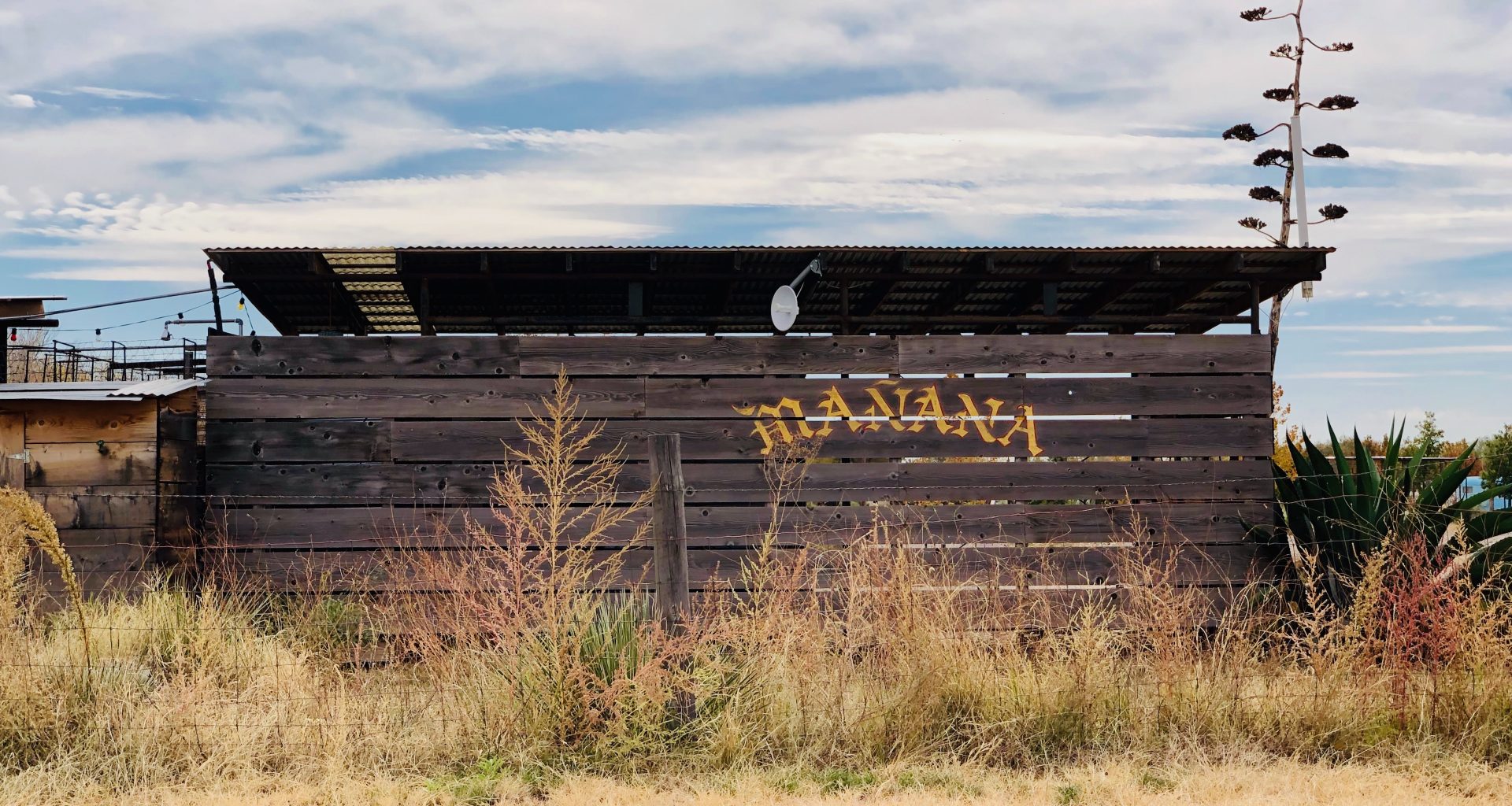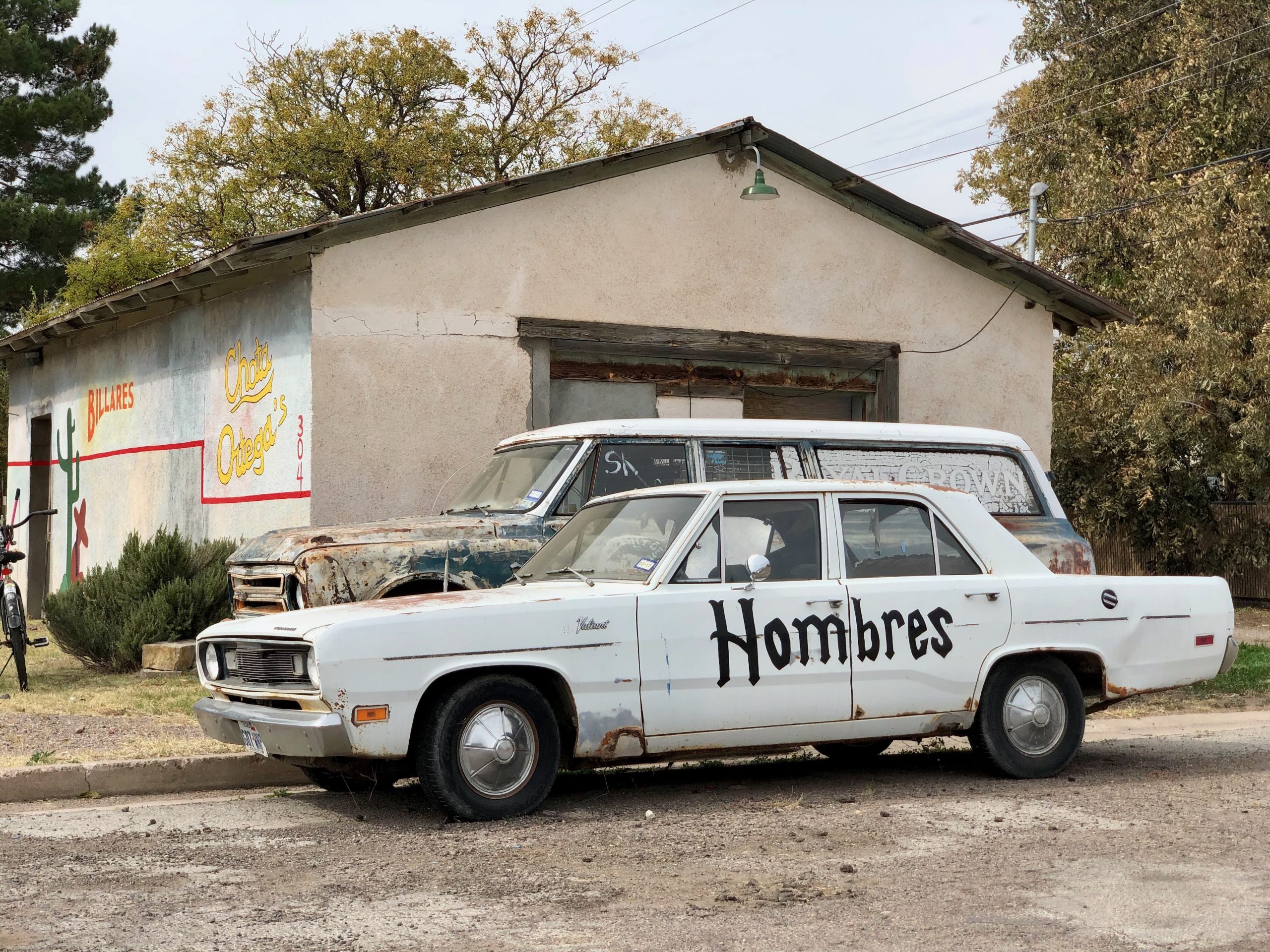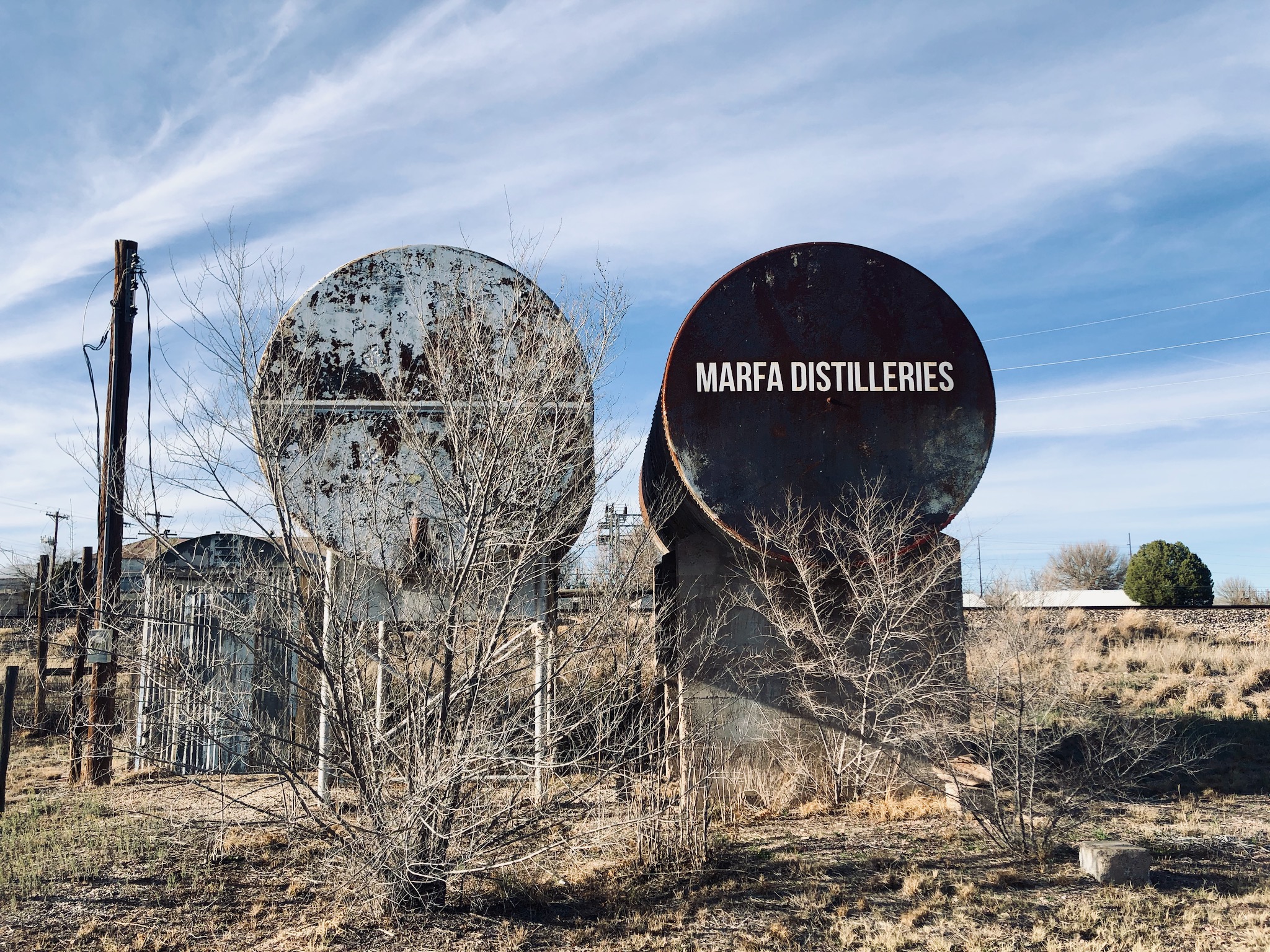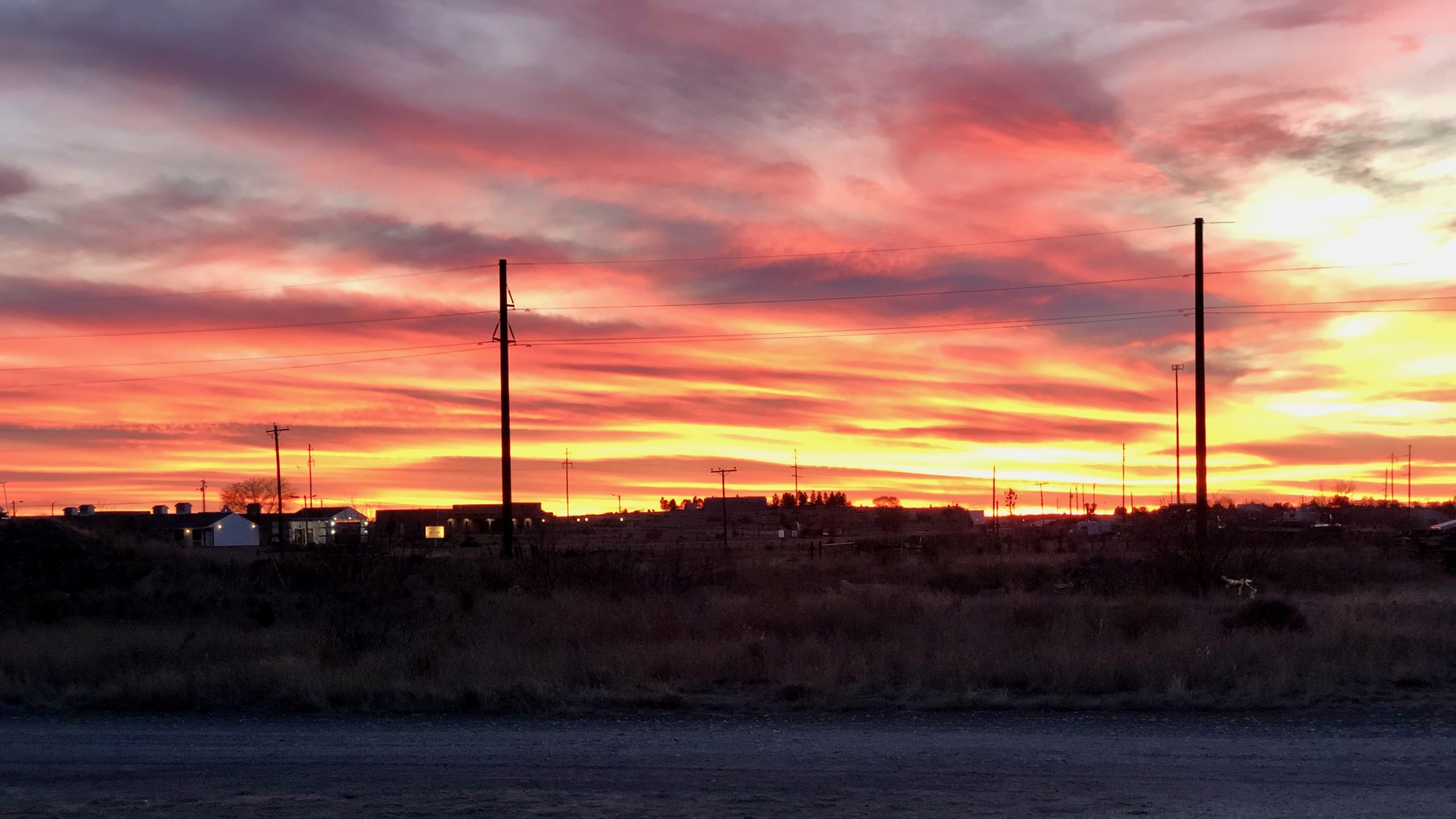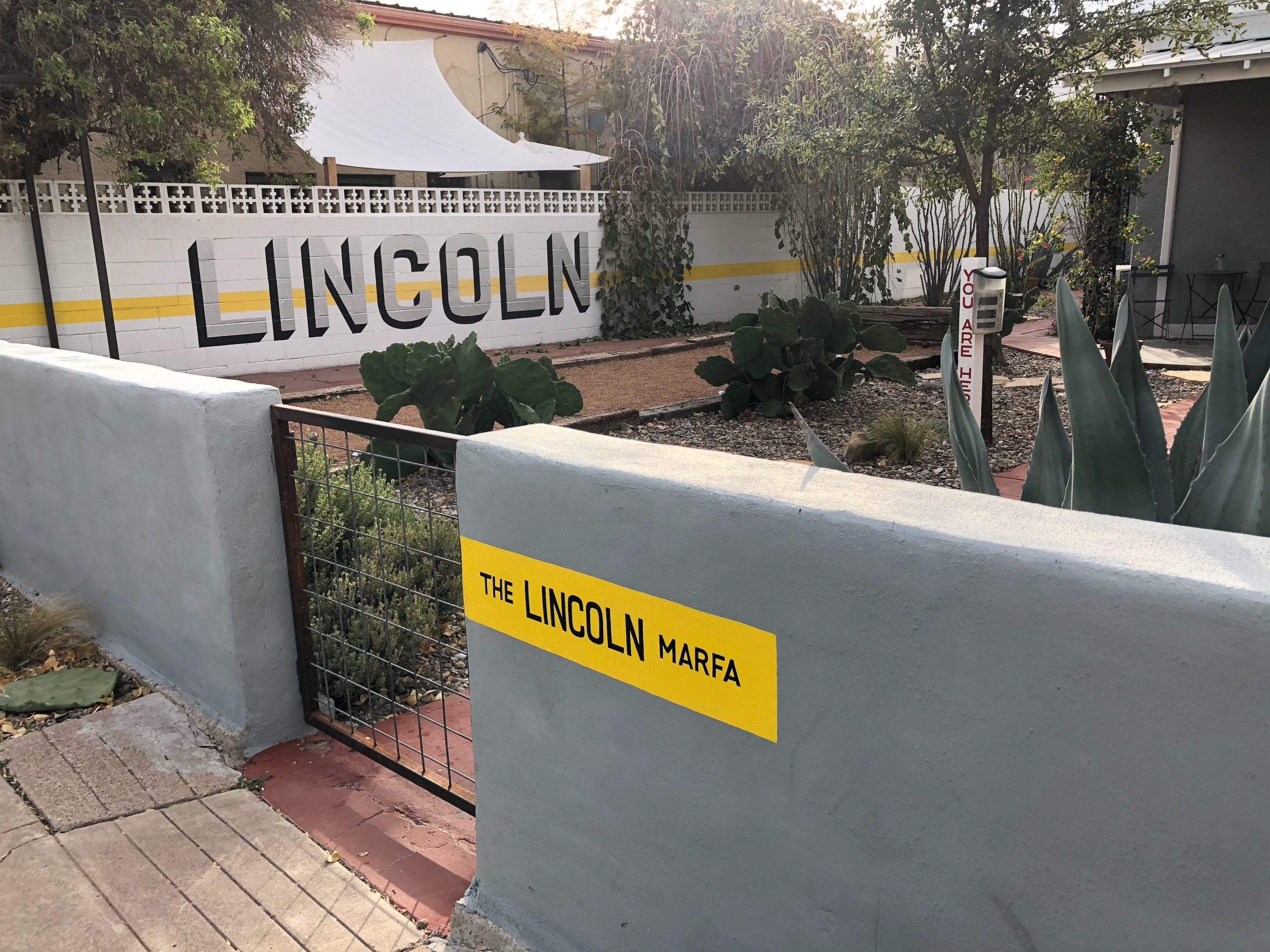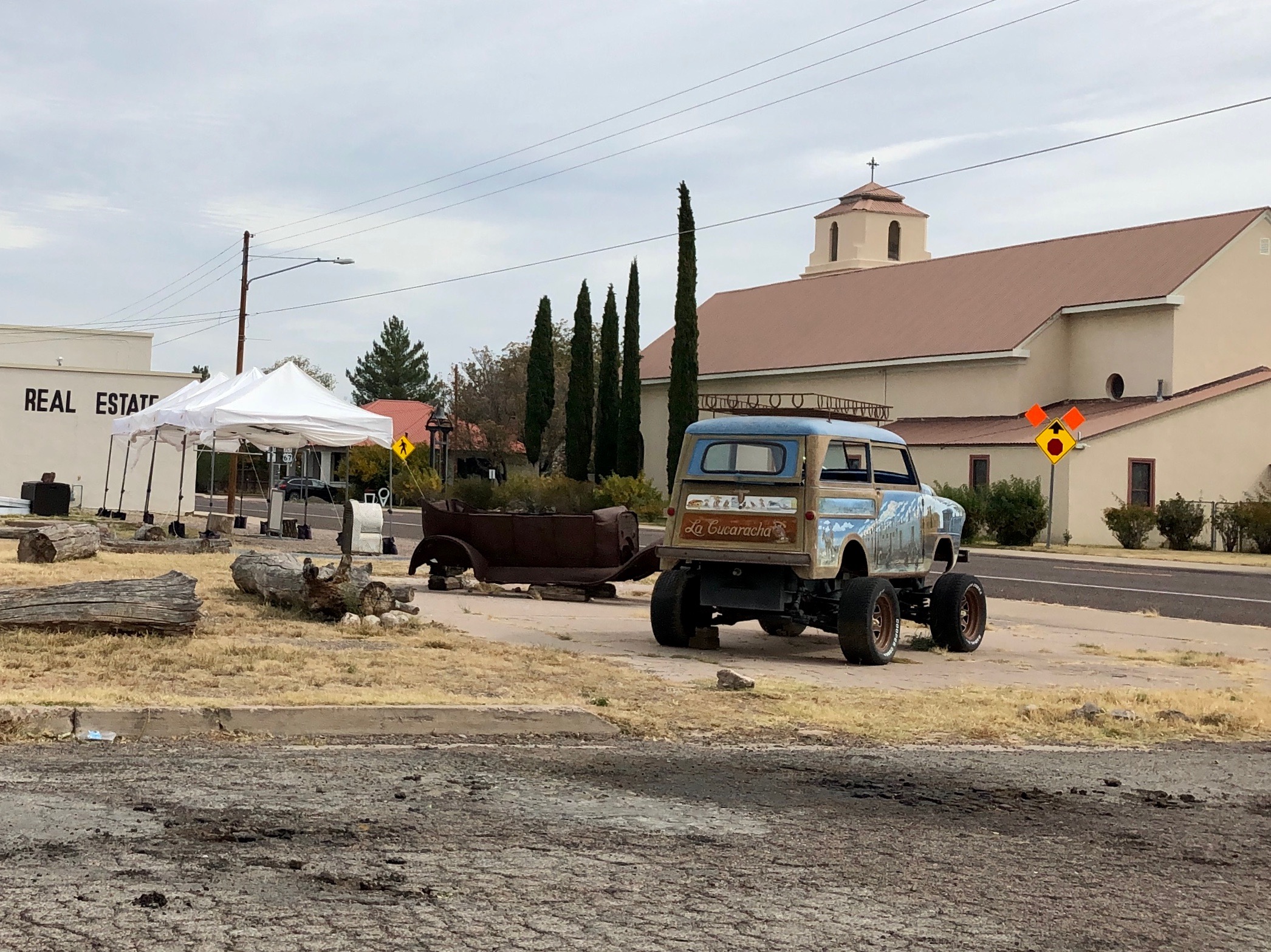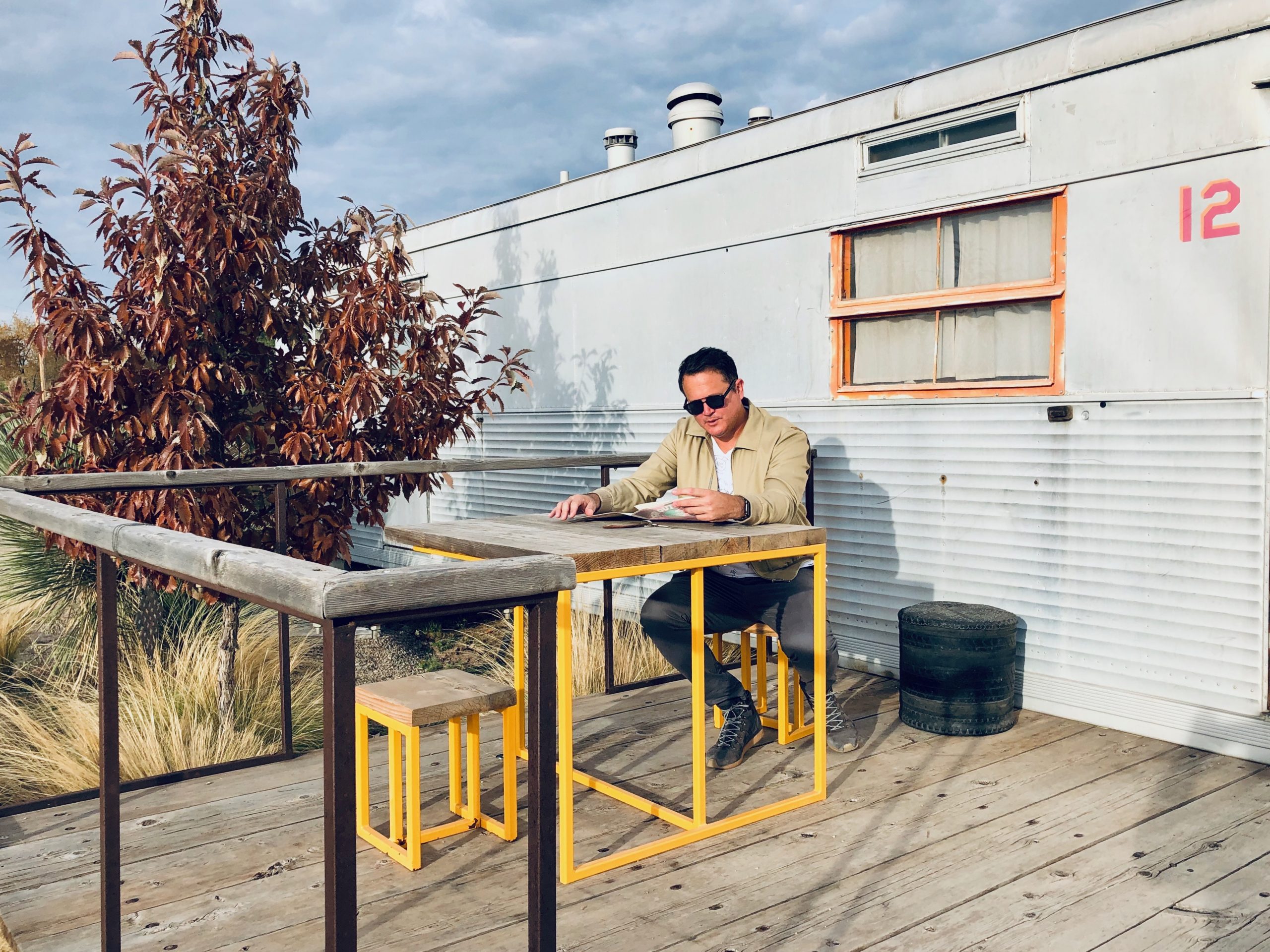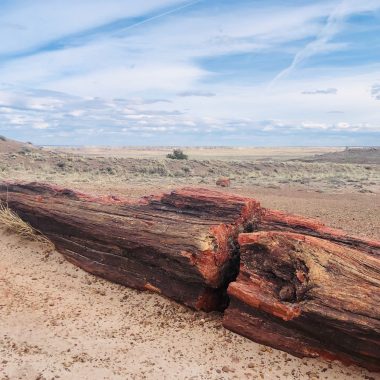Out on the rolling plains of Far West Texas, hours away from the nearest metropolitan area, lies a permanent modern art installation spread across over 300 acres and more than 50 buildings. This is Marfa. You may have heard of it by now, much has been written, but still only about 50,000 people make it out here each year. That’s a big number for this town of 2000 permanent residents, but hardly approaches the 2.5 million visitors a year that pass through the New York MOMA.

Donald Judd
The man who started it all, Donald Judd, came to Marfa from New York City in the 1970’s and, with the help of wealthy patrons, including New York’s Dia, began buying up empty properties all over town. The properties included large commercial spaces, small homes, and even an old Army base that sits just a few blocks from the town’s center. He had an ambitious vision to transform these small and large architectural spaces into permanent art installations. While Judd passed away 25 years ago, his works remain– preserved by the Chinati and Judd Foundations in nearly the exact state they were left. It’s a remarkable collection that has to be seen to truly grasp the level of artistic ambition that went into transforming an entire town into one man’s creative palette.
The Judd Foundation and Chinati Foundation Tours
If you want to see the bulk of Judd’s work in Marfa, you have to make reservations for guided tours. These tours can fill up weeks in advance, so book before you travel all the way out here. There are multiple tour options, but I recommend starting with the Studio tour, which takes you through Judd’s early works. From there you can take the Block tour which provides an intimate glimpse of his creative progression as his vision for Marfa grew. After both of the Judd Foundation tours, do the complete Chinati Foundation tour to see the full through-line of Judd’s work as it climaxes with the outdoor and artillery warehouse installations at Fort D.A. Russell. It’s an extraordinary walk through Judd’s artistic journey, which would only be made more complete if you could visit his first permanent installation at 101 Spring Street in New York City.

The Studios
The Studios tour starts at what was once a small barber shop in the middle of town. This serves as the entrance to a larger compound, surrounded by adobe walls (a Judd design found here and at the Block), which also contains an old ranch style home and a larger outbuilding. Each building contains Judd’s early works on canvas– progressing from smaller oil on canvas works to larger, abstract encaustic works (wax mixed with paint), which hint at Judd’s growing desire to work in three-dimensional space.
You see this desire realized at the next stop, an old Safeway grocery store which Judd stripped down and turned into a large studio space. Filled with experimental works, furnishings, and designs, you almost feel like you’re looking inside a small corner of the artist’s mind as he worked out his signature interplay between art and architecture.
The last stop on the Studios Tour is the old Marfa National Bank Building, which Judd converted into an architecture studio. The space was clearly a work in progress– with the old elevator ripped out and the bottom floor a raw concrete space. Inside, Judd placed some of his furniture designs, architectural drawings, and even several etchings he collected by prominent artists like Matisse. Interior photos are not allowed on any of the tours, so you will have to visit to see them for yourself.

The Block
Just outside the center of town, an entire city block is surrounded by 12 foot high adobe brick walls. The wall has one large gate, through which visitors with reservations get to enter the private studios and living quarters of Donald Judd.

The Block. Judd Foundation. Marfa, TX
Once inside, you pass through a courtyard containing two large sets of wooden outdoor furniture and a long slightly raised, concrete rimmed lap pool, all in a modernist style. Two large WW1 Aircraft Hangers, moved here by the Army before Judd purchased the property, sit side by side with a smaller courtyard in between. Judd transformed the space inside these old hangars to his liking–natural light, simple open designs with small doors (so his large art pieces could not be removed), and no air conditioning. The first two spaces contain his library (he was an avid reader with over 13,000 books), furniture designed by Judd, and a light installation by famed artist and close friend, Dan Flavin. These libraries, and his workspaces, are exactly as they were when Judd died in 1994, providing an eerie look back in time at his final days.
The next several rooms at the Block contain permanent installations, which I shall not try to describe here– they deserve to be seen through your own eyes because I believe everyone will experience them differently. That said, the Block is the beginning of a stirring crescendo of Judd’s work, which continues nearby at Chinati Foundation.
Chinati Foundation
The Chinati Foundation preserves Judd’s largest and most ambitious works at what was once Fort D.A. Russell. In World War II this facility was used as a camp to house German POWs. Judd purchased it from the government and transformed most of the buildings, and a large part of the outdoor area, into permanent art installations for his work as well as some of his favorite artists like Dan Flavin, Robert Irwin, and John Wesley.
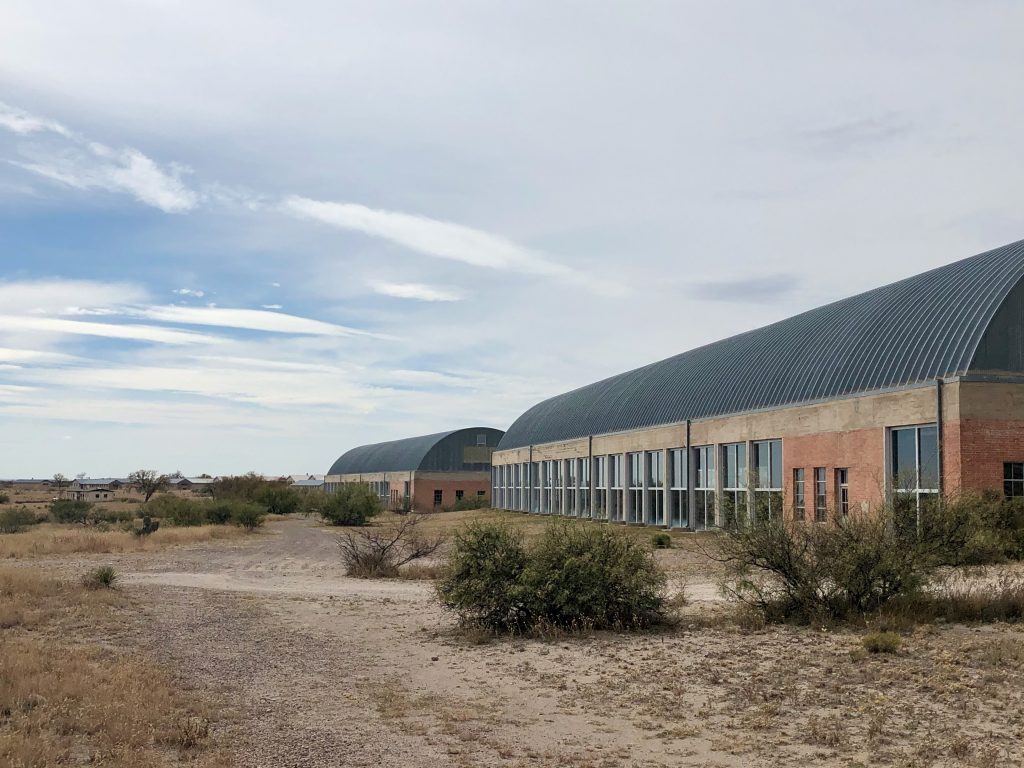
100 Untitled Works in Milled Aluminum
If you’re doing the full Chinati collection tour, you begin with 100 Untitled Works in Milled Aluminum. These works are housed in two almost football field sized army artillery sheds modified by Judd with glass walls and a half-domed roof. The buildings contain rows of perfectly arranged milled aluminum works, each with a unique design, in long rows on a concrete floor. At first glance, it all might appear all too simplistic, but nested within each piece are bespoke designs in both matte and reflective metal finishes that play with the light and outdoor landscapes. You can’t take pictures inside, but here’s a sneak peek from a postcard I purchased at the gift shop.

Dan Flavin, Untitled
The next installation on the Chinati tour is by artist Dan Flavin. Flavin’s long-planned work here at Chinati was installed after his death in 1996. Neither he, nor Judd, got to see the final installation. Flavin’s untitled work spans six large WWII era army barrack buildings. Each of the u-shaped buildings has been perfectly restored with simple concrete floors, white walls, and blocked out windows (except for the very front of each building). Flavin’s design includes fluorescent light installations at either the front or the back of long geometric, architectural corridors that connect both sides of each barrack. I highly recommend walking all the way into the open corridors and let the light play with your mind as you approach the installations. The dual-sided light assemblies mix colors to create almost a psychedelic effect. Again, no photos allowed, but here’s a sneak peek from another post card set.

The rest of the Chinati Foundation collection tour takes you through a number of installations by friends of Judd, including works by artists Carl Andre, Ingólfur Arnarsson, Roni Horn, and others. It is a stunning collection. Of particular note are the 22 large metal sculpture works by John Chamberlain, which are housed in the former Marfa Wool and Mohair building in town. Chamberlain provides an exciting counterpoint to Judd’s linear designs with colorful sculptures created by mashing together steel body work from old junked cars.
15 Untitled Works in Concrete
For me, the pièce de résistance of Judd’s work from the Chinati Foundation collection is 15 Untitled Works in Concrete. These five meter long, 2.5 meter square, concrete sculptures are laid out over a large field just outside the 100 Untitled Works buildings. Like the aluminum works inside, they play with light and scenes from the outdoors, but in a larger than life way. One might wonder what Judd had in mind when he built this, but I think it needs no explanation. Set in the foreground of this wide open west Texas landscape, it all works perfectly together.
Robert Irwin, Untitled (dawn to dusk)
The grand finale of the Chinati Foundation tour is also its most recent installation– Robert Irwin’s untitled piece (dawn to dusk). Sitting on the footprint of the Fort D.A. Russell Army hospital, Irwin has created a large-scale, free-standing building that weaves together many Judd-inspired themes, including the interplay of architecture, light, landscapes, and symmetric design. As you walk through, the natural light in the building slowly transitions from dark to light using Irwin’s signature scrims to create the effect. The Dutch windows that line the corridors become their own living pieces of art, framing beautiful slivers of the landscape outside, each layered beneath a big Texas sky.
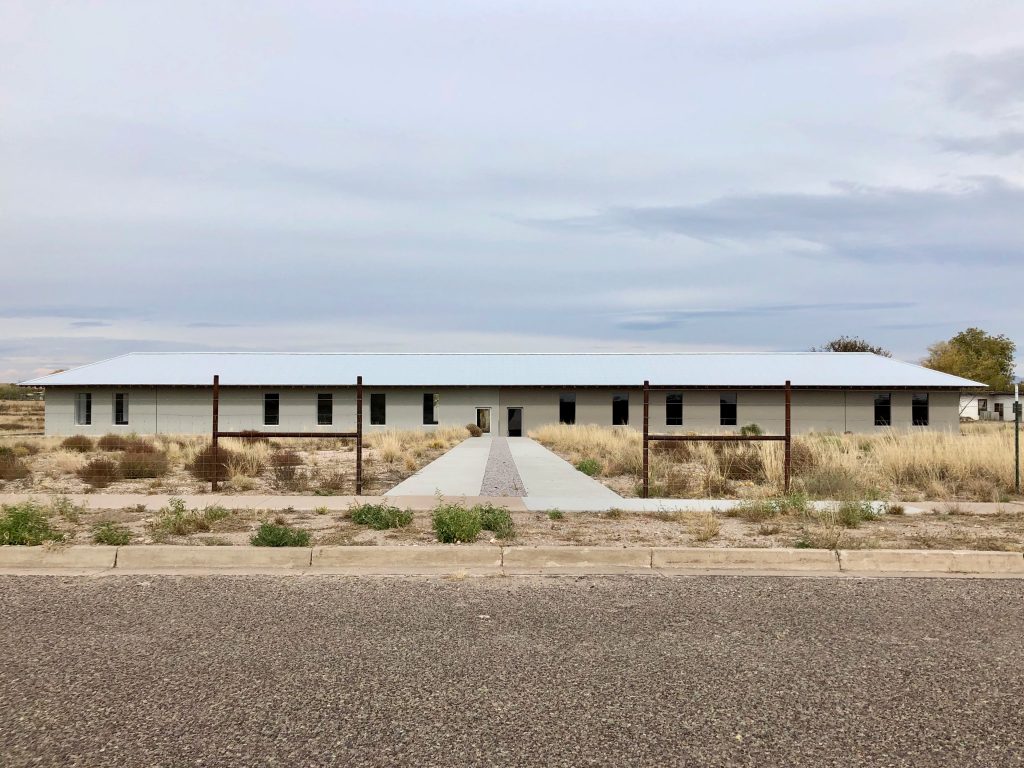
The Irwin piece is punctuated by a large basalt sculpture in the center of the inner courtyard. Orderly on one side, and collapsed on the other, Irwin was once asked why his sculpture fell to the ground in this way, to which he replied, “Why should the other pieces be standing?”. That’s the essence of art isn’t it? To challenge our assumptions about why things are the way they are–to break through convention to show us something more. On that front, Irwin succeeds. Judd also succeeds greatly. None of this should exist, but it does. Judd has flipped reality on its head, and he takes all who visit Marfa along with him in the process.
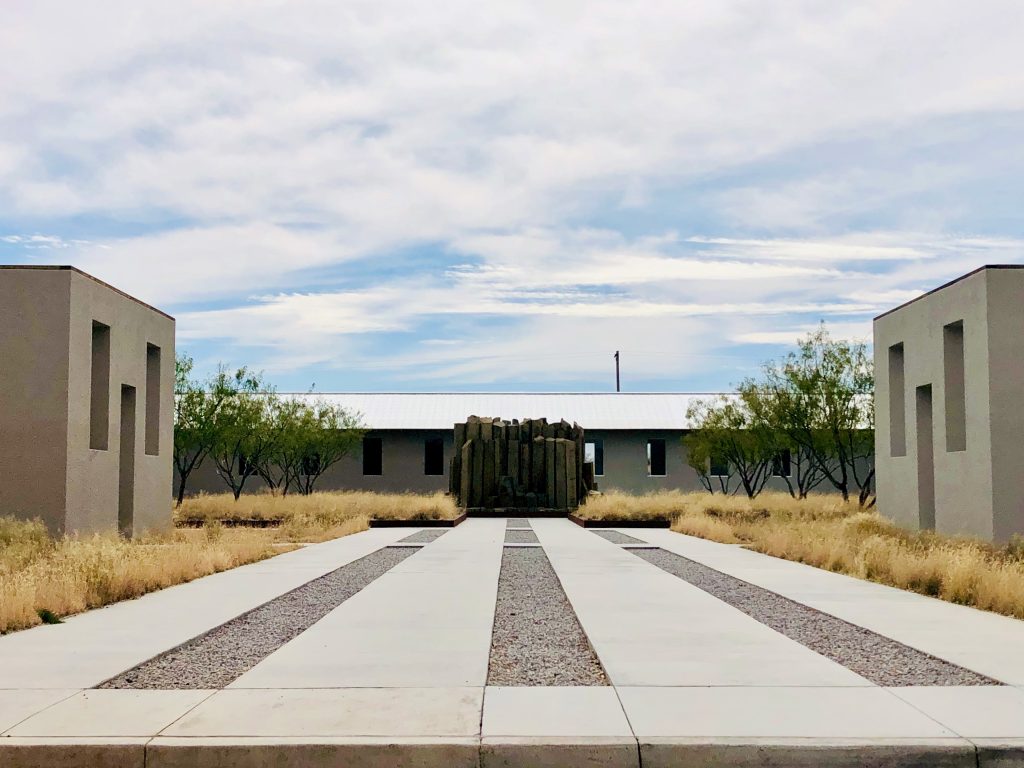
Mañana
While Judd anchors the artistic core of Marfa, many other established and aspiring artists have followed in his footsteps. The town is filled with a creative vibe that pulses in nearly every corner, with architectural flair added to old Texas ranch homes, outdoor art installations, revived commercial buildings, and a vibrant culinary scene. The local mantra here is “mañana”, the idea that taking time to do nothing is time well spent. People do get to doing things here, they just need the time and space to contemplate doing them a little differently. That mantra translates into a place that looks and feels like few others. It is a heady experience to come here and absorb it all. Here are a few photos from around town:
Visiting Marfa
It’s about an 8 hour drive from Dallas, and three hours from El Paso, TX, to get here. If you come, you should plan to linger for a while. The full Chinati and Judd Foundation tours are about five to six hours each. The tours provide a two hour break for lunch and end just before dinner time. I spent three nights here and that felt like the perfect pace to get into the “mañana” spirit. For food, check out Marfa Burrito for authentic Mexican burritos. Breakfast at Aster is excellent and provides a friendly atmosphere to chat with other visitors and locals. The enchiladas at Stellina were delicious and the service was outstanding.
Accommodations
For accommodations, there are several hotels in town, including the Hotel Saint George, a luxury boutique hotel across from the Judd Foundation headquarters, the hip Thunderbird hotel, just outside the center of town, and the classic Hotel Paisano on Highland Street. If you want a really unique experience, try the El Cosmico where you can stay in chic, modernized trailers, luxury yurts and tents, or even just car camp. I stayed in the Imperial Palace– a nearly 40 foot long single wide with two bedrooms and a classic wood-lined interior. The beds were super comfy and it added the perfect, extra-eccentric touch to my Marfa experience.
